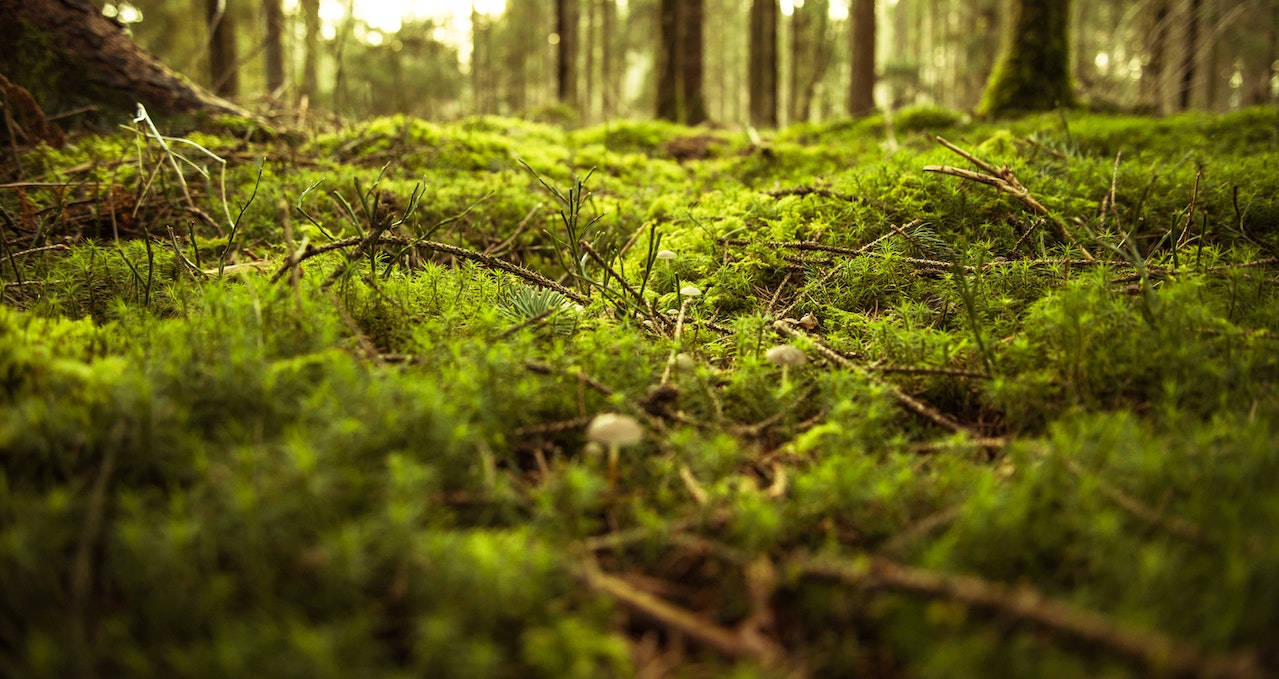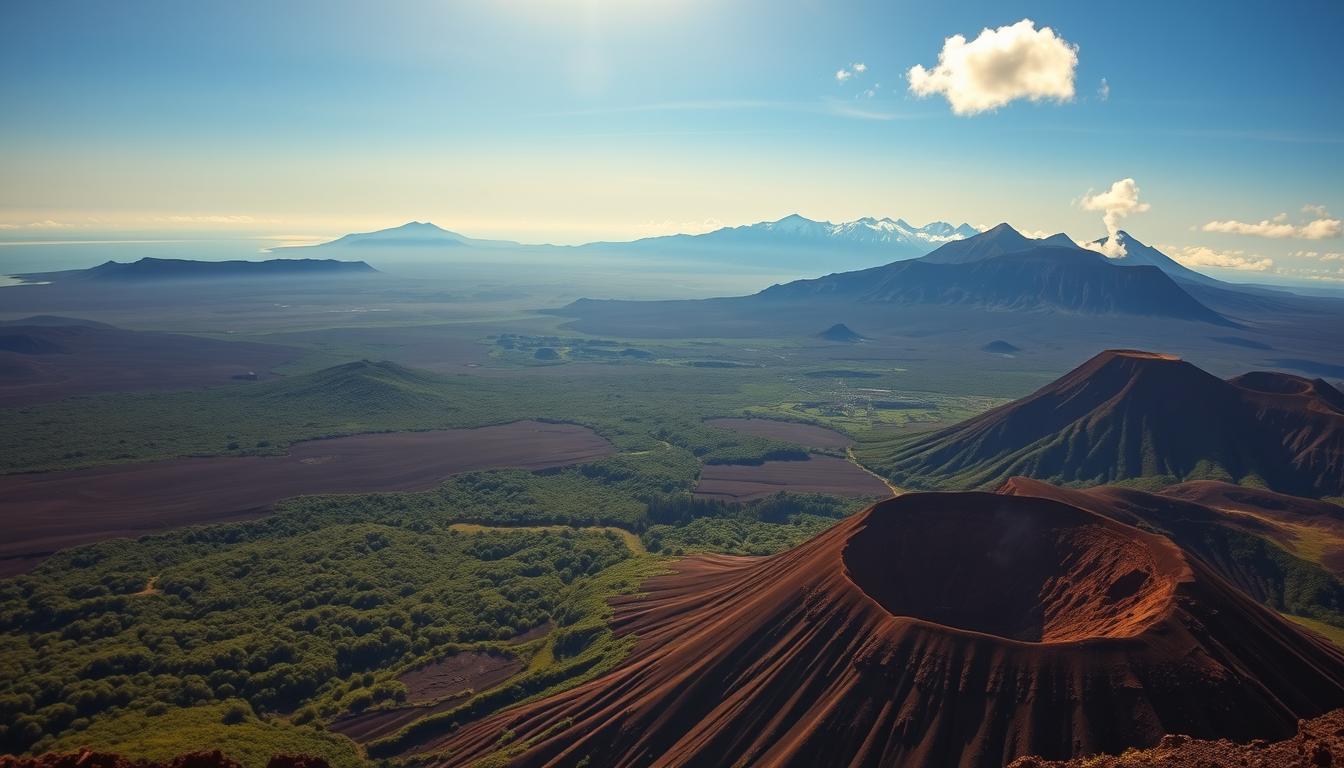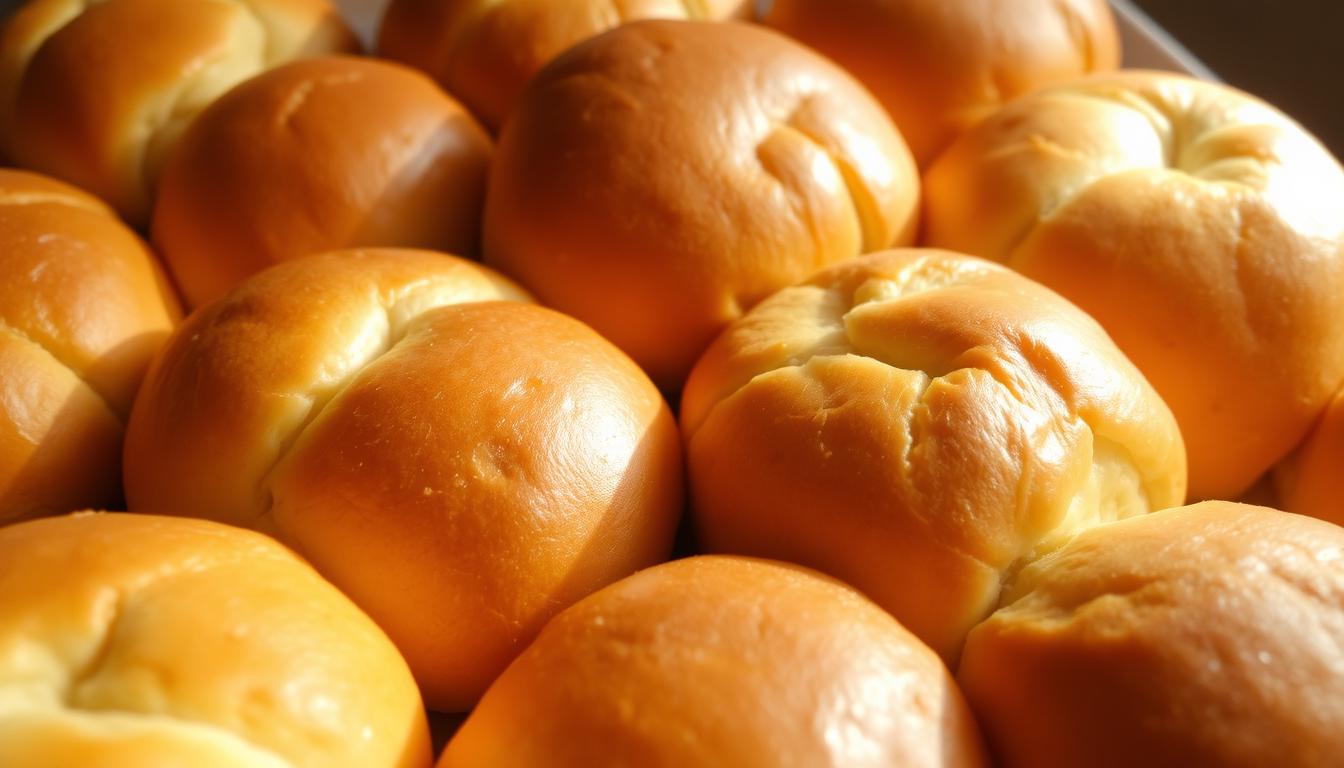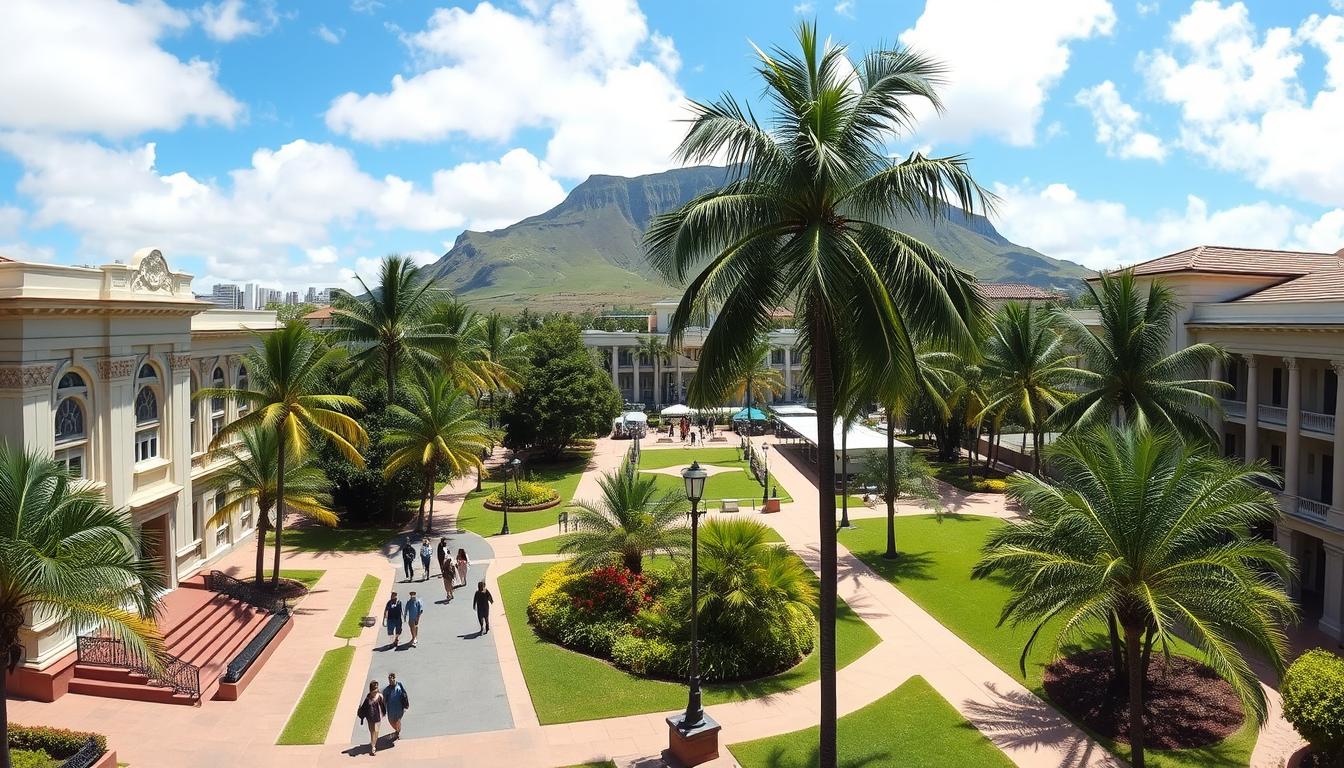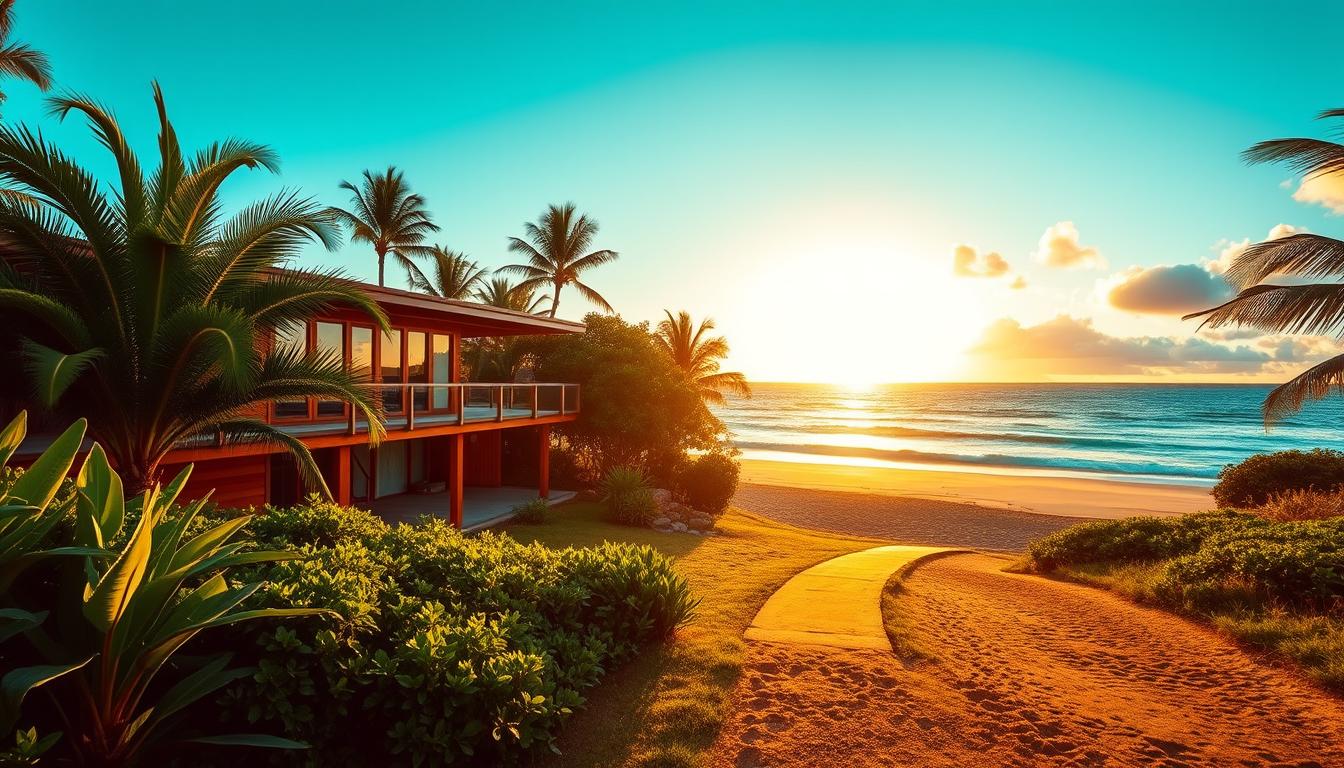The Hawaiian archipelago, a paradise known for its pristine beaches and lush greenery, is also home to a diverse range of flora and fauna. Among this biodiversity, the Hawaiian mushroom stands out for their unique characteristics and ecological significance. These fungi play an integral role in the island’s ecosystem, from decomposing organic matter to forming mutualistic relationships with plants.
At A Glance
Diversity and Significance
The diverse climatic zones in Hawaii, from its sun-kissed beaches to its misty mountain tops, provide a perfect backdrop for various species of mushrooms to flourish. From the high-altitude regions of Mauna Kea to the dense tropical rainforests of Kauai, one can discover an array of fungi, each boasting its distinct characteristics. While some mushrooms have naturally evolved and are indigenous to the islands, others have been introduced, either intentionally for cultivation or accidentally through human activities. These introduced species, alongside the native ones, contribute to the rich fungal biodiversity, making Hawaii a true haven for mycology enthusiasts. This diverse mix not only adds to the intricate ecological balance of the islands but also weaves a fascinating tale of evolution, adaptation, and coexistence in the rich fungal tapestry of Hawaii.
Ecological Role of Mushrooms in Hawaii
Mushrooms, often regarded as nature’s recyclers, hold a significant place in the intricate web of the Hawaiian ecosystem. As primary decomposers, they undertake the vital task of breaking down organic matter, such as fallen leaves, dead trees, and other plant residues. In doing so, they release essential nutrients back into the soil, ensuring a fertile ground for new plant life to emerge. This recycling process not only maintains the health and fertility of the soil but also supports the lifecycle of numerous organisms that depend on nutrient-rich ground.
Furthermore, many Hawaiian plants, from towering trees to understory shrubs, engage in symbiotic relationships with specific mushroom species. In these mycorrhizal associations, the fungi extend their mycelium into the plant roots, assisting in the absorption of water and essential nutrients. In return, the plants provide the fungi with sugars produced during photosynthesis. This harmonious mutualistic relationship underscores the importance of mushrooms in ensuring the continued health, growth, and diversity of Hawaii’s lush vegetation, making them invaluable contributors to the island’s ecological balance.

Mushrooms in Hawaiian Culture and Traditions
Mushrooms in Hawaii are not just ecological wonders; they are deeply interwoven into the fabric of Hawaiian culture and traditions. For generations, Native Hawaiians have revered these fungi, attributing to them both practical and spiritual significance. Mushrooms have been a staple in traditional Hawaiian medicine, used by kahuna lā’au lapa’au (traditional healers) for their potent medicinal properties to treat various ailments. As a food source, they’ve been foraged and incorporated into numerous local dishes, adding flavor and nutritional value. Beyond their tangible benefits, certain mushroom species have been enveloped in folklore, finding their place in local myths, legends, and storytelling.
These stories, passed down through generations, often highlight the mushroom’s mystical attributes, its connection to the gods, or its role in ancient Hawaiian rituals. Such tales not only underscore the mushroom’s cultural importance but also reflect the deep respect and understanding Native Hawaiians have for their natural environment. In essence, mushrooms in Hawaii are more than just a biological entity; they symbolize the island’s rich cultural heritage and the harmonious relationship its people share with nature.
Hawaiian Mushroom – Frequently Asked Questions (FAQ)
1. How are Hawaiian mushrooms identified?
Identification involves examining various features of the mushroom, including its size, color, shape, and spore print. It’s crucial to seek expert guidance when identifying mushrooms, especially if considering them for consumption.
2. Are there toxic mushrooms in Hawaii?
Yes, Hawaii is home to both edible and toxic mushroom species. It’s vital to ensure proper identification before consuming any wild mushrooms.
3. Can you eat wild mushrooms from Hawaii?
While many wild mushrooms in Hawaii are edible, there are also toxic species present. Always consult with a local expert or guide before consuming wild mushrooms.
4. How can I safely forage for mushrooms in Hawaii?
For safe foraging, always go with an experienced guide or local who is familiar with the specific mushroom species in the region. Also, ensure you have a reliable field guide to help with identification.
5. What’s the role of mushrooms in Hawaiian culture?
Mushrooms have historically held medicinal and culinary significance in Hawaiian culture. Some species are also intertwined with local myths and legends.
6. Are there psychedelic mushrooms in Hawaii?
Yes, Hawaii has several species of psychedelic or “magic” mushrooms. However, the consumption and possession of these mushrooms can be illegal and potentially harmful.
7. How do mushrooms benefit the Hawaiian ecosystem?
Mushrooms play a vital role as decomposers in the Hawaiian ecosystem, breaking down organic matter and recycling nutrients back into the soil.
8. Can I grow a Hawaiian mushroom at home?
Yes, with the right conditions and substrates, it’s possible to cultivate certain Hawaiian mushroom species at home. Always ensure you are growing an edible and safe variety.
9. What are the most common mushrooms found in Hawaii?
Hawaii is home to a diverse range of mushrooms, with common species including the Shiitake, Oyster, and Paddy Straw mushrooms.
10. Are Hawaiian mushrooms used in local cuisine?
Yes, many local Hawaiian dishes incorporate mushrooms, especially in stews, stir-fries, and salads.
11. How do I store and preserve Hawaiian mushrooms?
Mushrooms are best stored in a paper bag inside the refrigerator. For longer preservation, they can be dried or frozen after proper preparation.
12. How do the Hawaiian mushroom reproduce?
Mushrooms reproduce through spores, which are released from the gills or pores beneath the mushroom cap. These spores germinate and grow into new fungal mycelium under suitable conditions.
13. Are there medicinal mushrooms in Hawaii?
Yes, several Hawaiian mushrooms have traditionally been used for their medicinal properties, offering benefits like boosting immunity and combating inflammation.
14. How do mushrooms contribute to soil health in Hawaii?
Mushrooms decompose organic matter, returning essential nutrients to the soil. They also form symbiotic relationships with plants, aiding in nutrient absorption.
15. Can I find bioluminescent mushrooms in Hawaii?
Yes, Hawaii has some bioluminescent mushroom species that glow in the dark, offering a mesmerizing sight, especially in the dense forests.
Hawaiian mushrooms, with their myriad of species and significant roles, are truly a testament to the islands’ biodiversity. Their contribution to both the ecosystem and culture showcases their undeniable importance in the Hawaiian tapestry of life.

Scott Sweeney is the creator of Virtual Hawaii 360. Scott is a professional marketer and a lifelong Hawaii enthusiast. Scott splits time between Oahu and Dayton, Ohio. In addition to his marketing endevours, he is also a published Ukulele musician.

